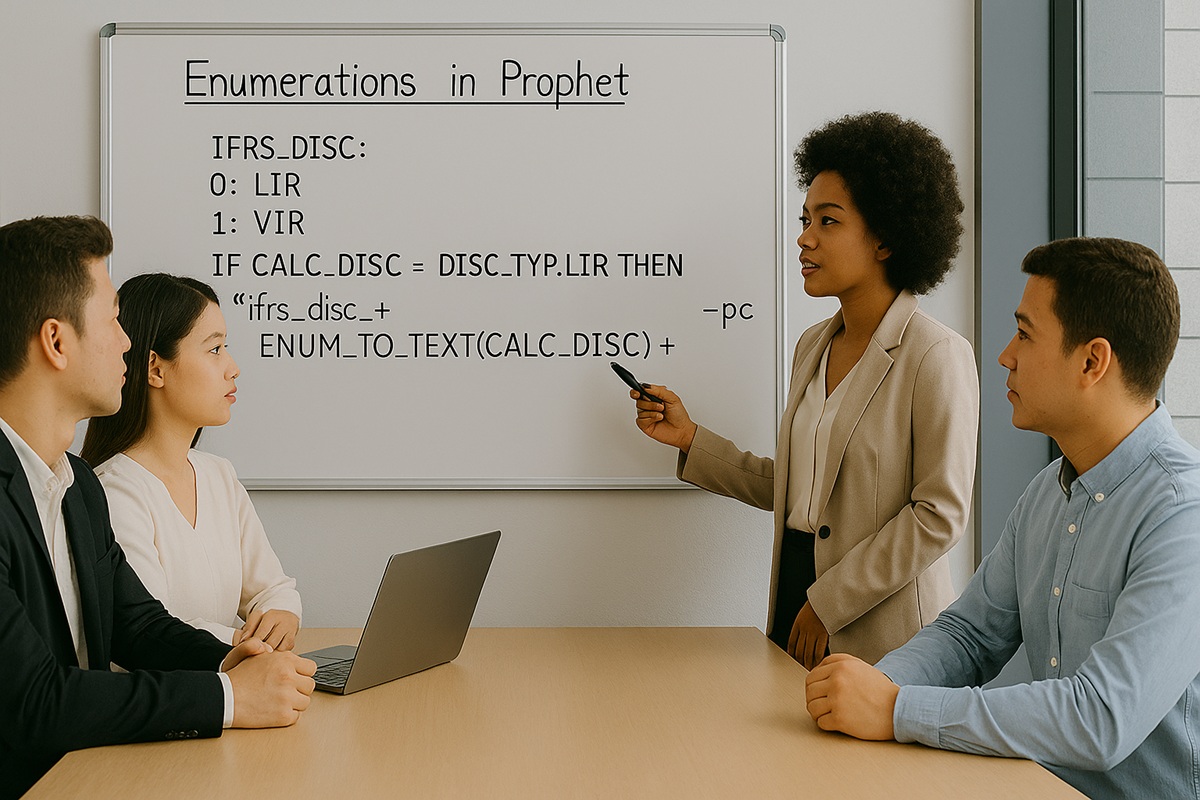
Now that most life insurers and family takaful operators have completed their IFRS 17 implementation, many are shifting focus toward the next stage: streamlining their actuarial processes. A key part of this effort lies in enhancing the efficiency, maintainability, and clarity of their actuarial models—particularly Prophet models, which serve as the backbone for IFRS 17 valuation and reporting.
This series of articles outlines practical guidance to help actuarial teams streamline their Prophet models—reducing maintenance effort, minimizing risk, and supporting better scalability in the long term. Let’s start with the first step:
I. Use a Single Base Library Across Products and Reporting Bases
It is not uncommon to find Prophet users maintaining separate models for different product categories—such as participating, non-participating, and investment-linked—as well as for different reporting requirements like statutory and IFRS 17. While this may seem practical at first, it often leads to duplicated effort and unnecessary complexity in model maintenance.
In reality, many of the underlying cash flow structures—such as premiums, benefits, and expenses—are largely consistent across product types and reporting regimes. This means that the base model used to generate projected product cash flows can and should be designed as a unified model, capable of supporting multiple views through flexible logic, control structures, or reporting configurations.
For example, if separate models are maintained for statutory and IFRS 17 reporting, the same product would need to be set up twice, increasing workload and the risk of inconsistencies. Overlapping structures across models—such as policy attributes, benefit definitions, or calculation formulas—require synchronized updates that can easily become out of step over time.
By consolidating these into one unified Prophet model, actuarial teams can:
- Apply consistent treatment across all products and reporting bases
- Significantly reduce maintenance effort and testing cycles
- Ensure that a standardized modeling approach is used across the valuation team
- Improve traceability and governance for future model enhancements
In short, a unified base model promotes better control, alignment, and efficiency—key factors in sustaining a robust IFRS 17 actuarial process.

